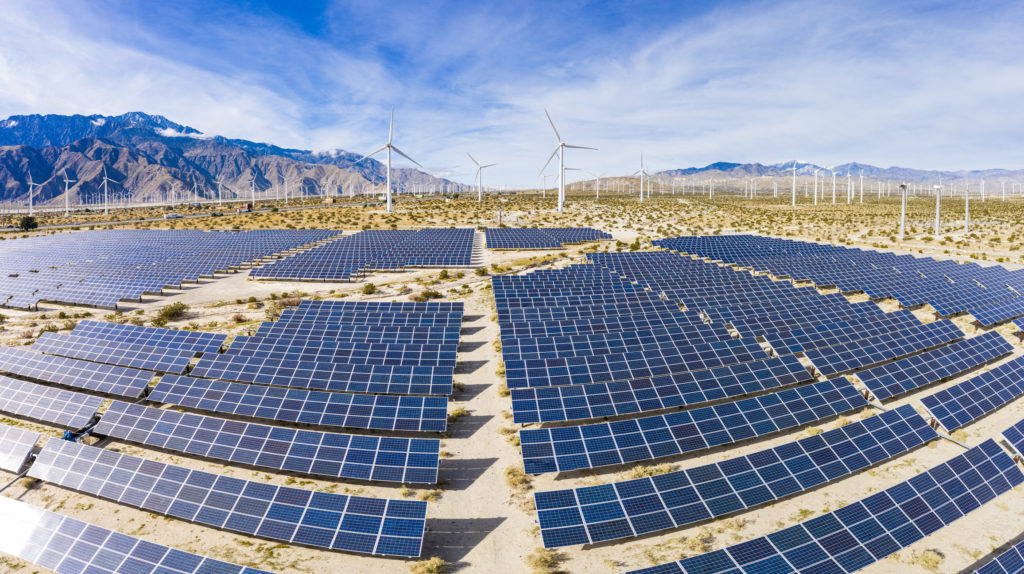
A final determination is expected on May 1, 2023, but tariffs cannot be imposed until June 2024.
On Dec. 2, the Commerce Department announced its preliminary conclusion that four manufacturers are circumventing U.S. duties on solar cells and modules from the People’s Republic of China. The months-long data-driven investigation revealed that BYD Hong Kong, Canadian Solar, Trina, and Vina Solar are conducting minor processing in Southeast Asia ahead of shipment to the United States to avoid duties.
The tariffs on Chinese solar products were initially imposed in 2012 to counteract Chinese manufacturers who were selling their solar products at below the cost of production and have been increased over the years.
A final determination in Commerce’s circumvention investigation is scheduled for May 1, 2023. However, President Biden’s two-year moratorium on any new tariffs on solar imports prevents a strident response to the circumvention until June 2024.
In a statement this past Friday, Alliance for American Manufacturing Scott Paul called the results “unsurprising” and stressed the importance of bolstering the United States’ nascent clean energy manufacturing sector while American manufacturers wait for trade remedies.
He said:
“While immediate relief for domestic solar manufacturers would be ideal, at the very least there will be duties imposed in the near future. In the meantime, installers, solar manufacturers, and the federal government must turbocharge efforts to build up domestic capacity. The United States shouldn’t depend on dumped, subsidized, circumvented, or forced labor-made imports to build our solar energy future.”
Over the next several months, Commerce will conduct in-person audits to verify the information that was referenced in the preliminary findings. During this time, the companies listed in the initial findings may offer comments that the department will consider before a final determination.
The investigation, which riled the solar industry into hysterics, was launched by Auxin Solar Inc. in February. The small Silicon Valley solar panel manufacturer came under fire following its petition to the Commerce Department for a circumvention investigation but remained firm on the inquiry’s necessity as Chinese solar imports flood the U.S.
When Auxin CEO Mamud Rashid joined The Manufacturing Report podcast in March, he stressed that American manufacturers are eager to meet the nation’s need for solar, but Chinese companies’ circumvention prevents the U.S. from growing its own clean energy industries.
Rashid said on The Manufacturing Report:
“We have zero fear of competition, I’ll compete all day long with other manufacturers. I welcome other manufacturers to come online in the U.S. So long as it’s a level playing field, we’ll compete all day long. And if we lose out, that’s on us. We can compete, that’s all we’re saying. It’s just got to be a level playing field.”
The New York Times reported following Commerce’s announcement last week that Rashid said that Auxin “will continue to press forward in these cases as they continue to make sure all trade cheats are playing by the rules.”
China controls more than 80% of the world’s solar panel production and 95% of the production of materials essential to solar panel manufacturing, making the U.S. largely dependent on Chinese solar panel manufacturers. This stymies the growth of American clean energy manufacturers, but also bears serious long-lasting environmental and ethical consequences.
A recent Breakthrough Institute report documents that Chinese solar firms cemented themselves as global heavyweights in solar panel manufacturing in part thanks to “industrial parks and coal mines established under regional political oppression that left Uyghur, Kazakh, and Kyrgyz peoples uniquely powerless—even by the political standards of authoritarian China—to object to local environmental and socioeconomic impacts.” Since then, “solar PV manufacturers have continued to expand in the region while directly participating in state-sponsored forced labor programs.”
The other component of China’s dominance in the solar panel manufacturing industry is completely antithetical to solar’s purpose—coal. As the U.S. scrambles to reduce its emissions and reliance on fossil fuels, the solar panels that currently dominate its market are sourced from coal-powered factories in China. It is this low-cost coal that has aided China in bringing its solar panels to rock-bottom prices, but at the cost of the environment.
“Producing a solar panel in China creates twice as much carbon dioxide as making it in Europe, said Fengqi You, professor of systems engineering at Cornell University,” The Wall Street Journal reported.
The United States must galvanize its own clean energy manufacturing industry in order to fulfill our long-term climate goals. Legislation such as the Inflation Reduction Act is an important means of getting us there, but trade action such as tariffs are equally necessary.
